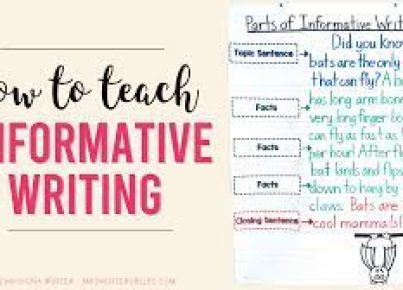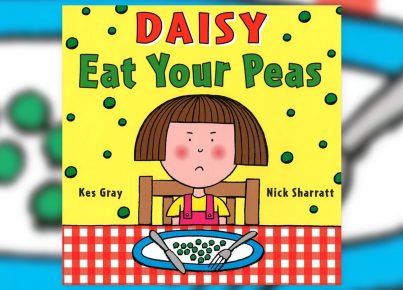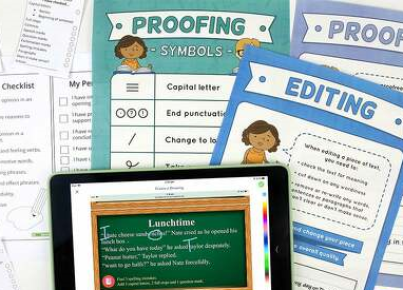Procedural writing is an essential skill that students need to develop. One engaging way to introduce and reinforce procedural writing is through the use of picture books. Picture books not only capture students’ attention but also provide visual examples of step-by-step processes. In this article, we will explore ten positively perfect picture books that can be used to teach procedural writing in the classroom.
1. “How to Babysit a Grandpa” by Jean Reagan
This delightful book takes readers through the process of babysitting a grandpa. It provides funny and heartwarming examples of activities children can do with their grandparents. Students can learn about the sequential steps involved in taking care of a grandpa and create their own procedural writing pieces based on the book.
2. “The Sandwich Swap” by Queen Rania Al Abdullah
In this story, two friends realize that they have different preferences for sandwiches. As a result, they decide to swap sandwiches and discover the importance of embracing diversity and trying new things. Students can explore the process of making their favorite sandwiches and write detailed instructions using a sequential structure.
3. “The Gardener” by Sarah Stewart
This captivating tale follows a young girl named Lydia Grace Finch as she creates a beautiful rooftop garden in the middle of a city. Through stunning illustrations, students can observe the step-by-step process of planting and nurturing a garden. They can then apply their understanding by writing procedural texts on gardening.
4. “How to Catch a Star” by Oliver Jeffers
In this whimsical story, a young boy dreams of catching a star. As he tries different methods, students can analyze the boy’s failed attempts and brainstorm their own creative ways of catching a star. This book provides an excellent opportunity for students to write procedural texts outlining their strategies.
5. “How Rocket Learned to Read” by Tad Hills
Rocket, the lovable dog, takes students on a journey of learning how to read. Through engaging activities and playful illustrations, students can understand the process of learning to read step-by-step. They can then create their own instructional texts, guiding someone through the process of becoming a reader.
6. “The Day the Crayons Quit” by Drew Daywalt
In this humorous book, Duncan finds a stack of letters from his crayons, each expressing their dissatisfaction with how they are being used. Students can analyze the different crayons’ complaints and brainstorm inventive ways to use crayons effectively. They can document their ideas in procedural writing, providing instructions on creative coloring techniques.
7. “How Do Dinosaurs Clean Their Rooms?” by Jane Yolen
This entertaining book shows various dinosaurs struggling to tidy up their rooms. Students can identify the steps the dinosaurs take to clean and organize their spaces. They can then apply the same structure to write procedural texts on how to clean their own rooms or other areas.
8. “I Wanna Iguana” by Karen Kaufman Orloff
Through a series of persuasive letters, a boy named Alex tries to convince his mom to let him have an iguana. Students can examine Alex’s writing techniques and use them as inspiration to write their own persuasive letters, advocating for something they desire. This book offers a unique opportunity to combine procedural writing with persuasive writing.
9. “How to Train a Train” by Jason Carter Eaton
In this imaginative book, a young boy explains how to train a pet train. Students can observe the step-by-step process the boy uses and brainstorm their own creative ideas for training unconventional pets. They can then write procedural texts on how to train a pet of their choice.
10. “Jillian Jiggs” by Phoebe Gilman
Jillian Jiggs is known for her tendency to mess up her room and its subsequent cleaning process. Students can analyze the steps Jillian takes to clean and organize her room and compare them to their own techniques. They can then create their own procedural writing pieces, offering helpful strategies for cleaning and tidying up.
These ten positively perfect picture books provide exceptional opportunities for teaching procedural writing in a fun and engaging way. By incorporating these books into your lessons, students can develop their understanding of procedural texts and enhance their writing skills.





